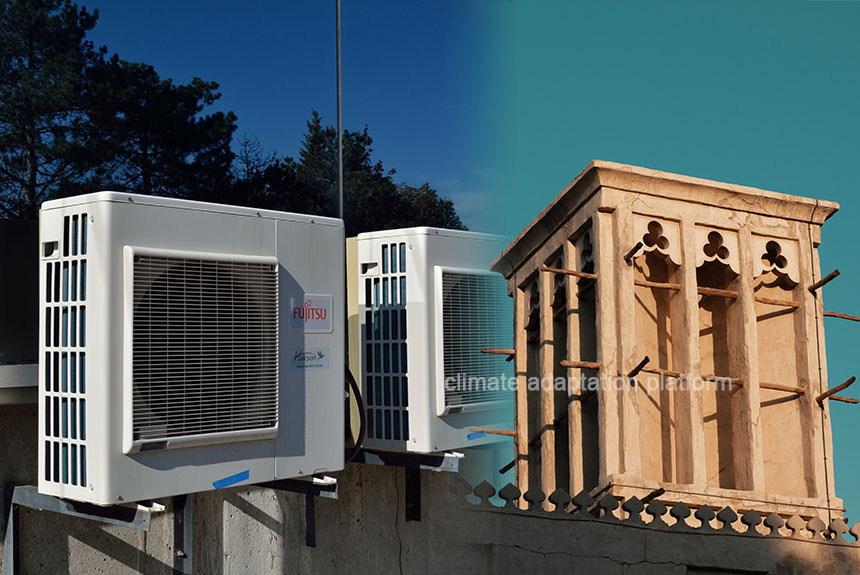As global temperatures rise due to climate change, cooling demands of buildings and homes are expected to increase. Almost 90% of homes and apartments in the United States use mechanical air conditioners- a cooling device that contains a fan, evaporator coils, and a compressor.
Buildings consume around 60% of electricity, and 20% is used for cooling. By 2050, energy demands for cooling will double due to rapid urbanisation. The increase in cooling demands, particularly from hot and warm climates, will also contribute to GHG emissions from fossil fuel-generated electricity.
Washington State University researchers created a passive cooling system that will not add carbon emissions to the atmosphere to address future cooling demands without increasing GHG emissions.
Meeting cooling demands with a passive system rather than active mechanical air conditioning systems can play two critical roles. The first is to reduce the burdens on electric grids, and the second is to reduce carbon emissions associated with electricity use to run these mechanical air conditioners.
Omar Al-Hassawi, lead author of the study in the journal Energies, says that finding a cooling method that doesn’t add to the GHG in the air is a crucial climate adaptation strategy for a growing population.
Authors have built a 60-square-foot chamber to test passive systems using wind towers and water evaporation instead of electricity to cool spaces.
The Washington State University reports, “The test chamber the researchers developed is solar powered with battery storage and completely independent of grid power. It can be heated to a temperature range between 125 and 130 degrees Fahrenheit year-round to test cooling innovations, measuring the temperature, humidity, and air velocity within and around a cooling system. The researchers calibrated the chamber using the results of a full-scale experiment that was conducted on a passive, downdraft cooling system tested under the hot, dry conditions of Phoenix, Arizona.”
The principles of passive cooling have been applied in ancient times, particularly in ancient Egypt in 2500 BC and evolved with the integration of the wind tower outlets used in Iran’s desert towns. It then developed by integrating it with the outlets of wind towers in Iran’s desert towns in the 10th century.
Innovations in wind tower design in the 1980s included a layer of moisture on top of it, which caused the heavier and cooler air to drop downwards by gravity, cooling the living spaces below. Wetted pads, showerheads or misting nozzles can provide moisture.
Passive cooling is an old system, but continuous innovations have resulted in effective approaches that can be integrated into commercial and residential buildings.
However, the study states that despite its climate mitigation potential, applications have remained limited due to the widespread unfamiliarity with the systems and incorrect understanding of its performance and operations.
The author notes that further research could help address how building designs can incorporate passive systems and revive these ancient strategies, and the test chamber is the platform to test new ideas and innovations.
Read the study to learn more about the design and construction of the self-contained test chamber for a passive cooling system.
The links are provided in the “Source” section below.
Sources:
Hilding, T. (2023 August 2023). New test chamber created to find better ways to keep people cool. WSU Insider. Retrieved from https://news.wsu.edu/press-release/2023/08/17/new-test-chamber-created-to-find-better-ways-to-keep-people-cool/
Al-Hassawi, O. D., & Drake, D. (2023). Innovations in Passive Downdraft Cooling Performance Evaluation Methods: Design and Construction of a Novel Environmental Test Chamber. Energies, 16(11), 4371. MDPI AG. Retrieved from http://dx.doi.org/10.3390/en16114371



Leave a Reply